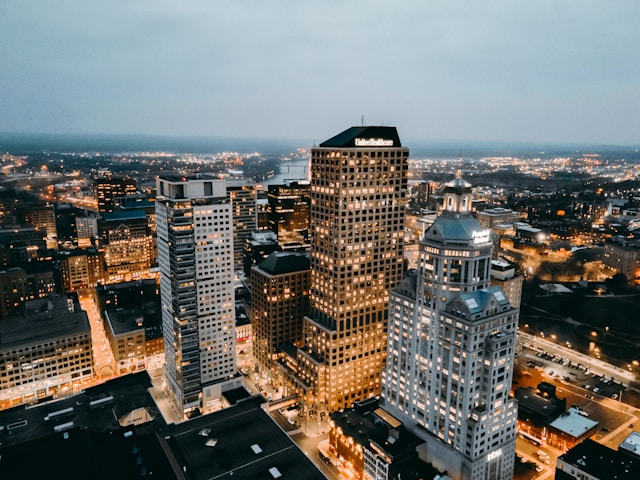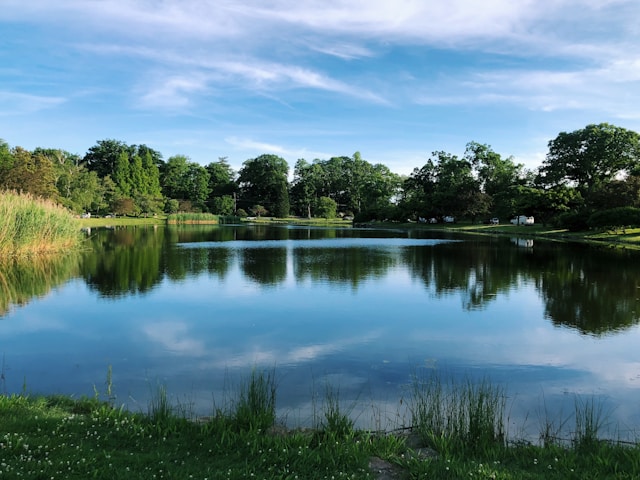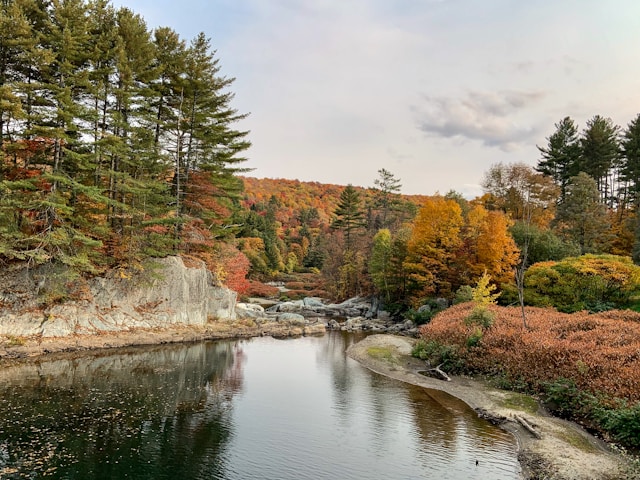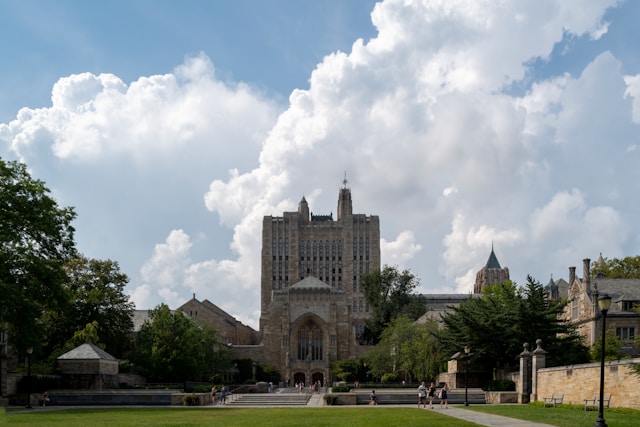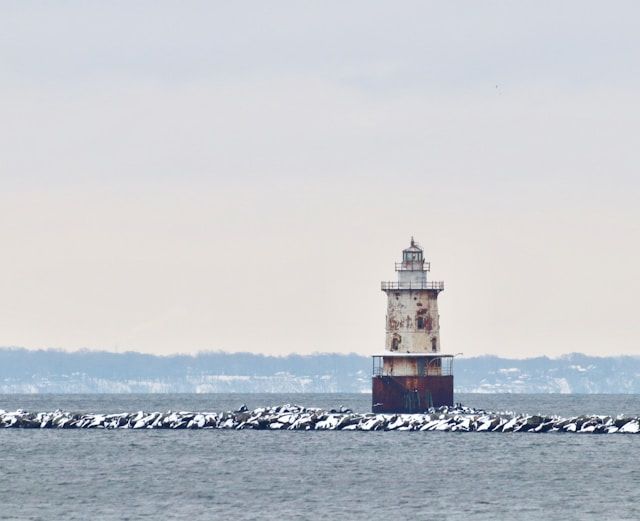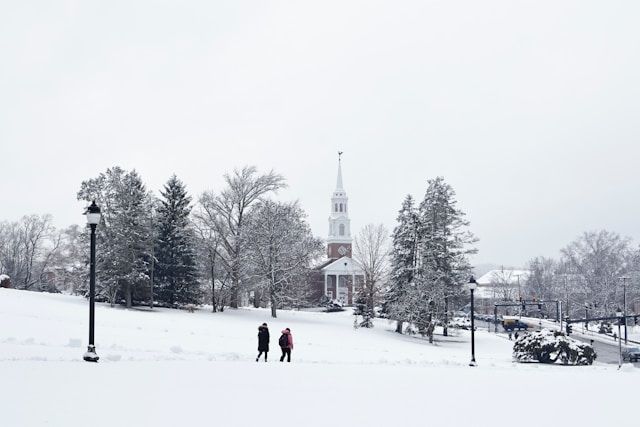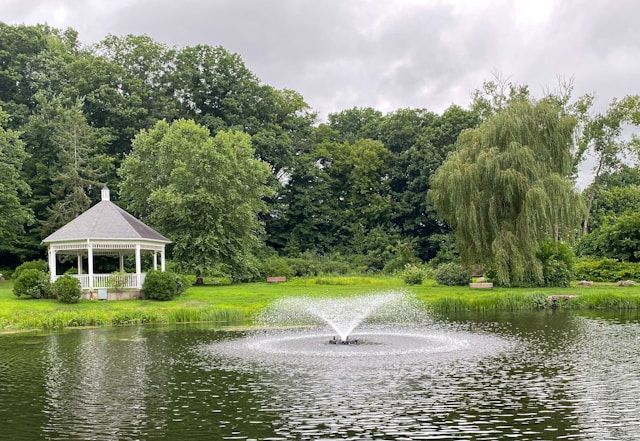The South End of Bridgeport, one of Connecticut’s most historic and culturally rich neighborhoods, sits at the center of a growing controversy. United Illuminating wants to install massive utility poles — some nearly 200 feet tall — right through residential streets, historic sites, and community landmarks.
The utility claims this is part of a necessary transmission line project. Opponents argue it threatens local heritage, property values, and the quality of daily life.
Explore top-rated stays with no booking fees and instant confirmation. Your dream trip starts here!
Start Exploring Now
They’re urging the Connecticut Siting Council to reject the plan. Their concerns include environmental justice, questionable cost claims, and what they see as an unfair burden on a vibrant but long-overlooked neighborhood.
A Century of History at Risk in Bridgeport’s South End
The South End, perched along Long Island Sound, has deep roots going back to the 19th century. It was once home to Little Liberia, a free Black settlement, and to figures like African American inventor Lewis Latimer.
Today, the neighborhood still boasts landmarks like the Mary and Eliza Freeman Houses and the Barnum Museum. These places remind us of Bridgeport’s unique role in Connecticut’s cultural tapestry.
Residents say the towering monopoles would ruin the views and overshadow historic architecture. They worry the poles would undermine years of hard-won preservation efforts.
The new structures would punctuate streets lined with homes, churches, storefronts, and community spaces. Together, these places tell the story of the South End’s resilience.
Environmental Justice Concerns
Critics argue the South End has already shouldered more than its share of industrial infrastructure. Coal plants, substations, and other facilities have landed here while wealthier areas sidestepped them.
This proposal, they say, continues a troubling trend of piling burdens onto less affluent, mostly minority neighborhoods.
An earlier version of the project would have affected parts of Fairfield, but that route was changed — a move later deemed illegal. Now, Bridgeport faces the full impact, and local leaders are crying foul.
Alternatives Exist — But Are Being Dismissed
One of the most contentious points is the question of alternatives. Local advocates and some independent engineers have pointed out possible solutions, like burying portions of the transmission line underground.
That approach would keep the giant poles out of sensitive areas, but it’s not getting much traction with the utility.
The Cost Dispute
United Illuminating says undergrounding the lines would cost way too much. But independent cost analyses suggest the price gap may not be as dramatic as the utility claims.
If the Siting Council rejects the current proposal, new rules would require a more transparent review of both costs and alternatives. That would let the public play a real part in deciding the project’s future.
Impact on Community Revitalization
The South End has seen millions invested in recent years for housing, business growth, and heritage restoration. Local officials warn that these looming utility poles could undercut those efforts, making it harder to draw in new residents, tourists, or businesses.
Bridgeport isn’t the only place wrestling with this kind of infrastructure-versus-preservation fight. Cities like New Haven, Hartford, and New London have all struggled to balance modernization with a sense of community identity.
Towns such as Norwalk, Stamford, Danbury, and Waterbury have faced local pushback against big utility projects, too. People see these projects as invasive or just plain unnecessary.
A Broader Statewide Issue
When you look closer, it’s not really just about one neighborhood’s skyline. It’s about how Connecticut handles infrastructure in places that matter — historically, culturally, and economically.
Should cost-saving for utility companies trump cultural integrity and environmental justice? A lot of Connecticut residents don’t think so, and honestly, it’s hard to blame them.
What Happens Next
The Connecticut Siting Council plans to keep hearing testimony over the next few months. If they deny United Illuminating’s application, the company would have to resubmit and face a more public, transparent review.
That might finally open the door for better, fairer solutions. For the South End, this decision could mean saving a nationally significant heritage district or watching it turn into a corridor of steel and wire.
People all over the state—from Bridgeport to Hartford—are watching. It really makes you wonder: How do we balance progress with preservation? Does every Connecticut community actually get an equal say in its own future?
Here is the source article for this story: Opinion: Protecting Bridgeport’s past — and our right to shape its future
Find available hotels and vacation homes instantly. No fees, best rates guaranteed!
Check Availability Now


